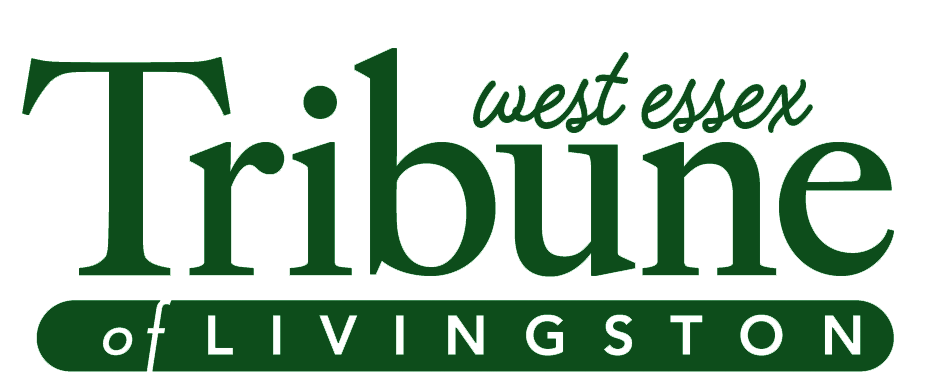Earlier this month, the federal government introduced new rules to require public systems to measure and reduce PFAS (polyfluoroalkyl substances) under the Safe Drinking Water Act. The move established the first-ever nationally enforceable drinking water standards for PFAS.
PFAS is a synthetic chemical found in everyday household products such as nonstick cookware, as well as in things like firefighting foam. It is used to make products stain, grease, heat and water resistant, and its sturdy structure means it takes much longer to break down in comparison to organic chemicals. More specifically, PFOA (perfluorooctanoic acid, which falls under a broader category of PFAS) are used for its emulsifier and surfactant properties, or as fluoropolymers (such as Teflon), firefighting foams, cleaners, cosmetics, greases and lubricants, paints, polishes, adhesives and photographic films.
They are also harmful when ingested by humans. The Environmental Protection Agency (EPA) has stated there is no safe level of exposure to PFAS without risk of health impacts. Peerreviewed scientific studies have shown that exposure to certain levels of PFAS may lead to reproductive problems, including certain types of cancer, decreased fertility, to developmental delays in children, a suppressed immune system, increased cholesterol levels, and more. Those who are immunocompromised, elderly, pregnant, or have an infant, may be at increased risk and should consult with a doctor about drinking water that exceeds the recommended threshold. It should be noted that boiling the water will not remove PFOA and PFAS. They are nearly impossible to destroy, taking thousands of years to break down, and thus end up in the ground and our water.
There is, undoubtedly, some level of these “forever chemicals” in all of us at this point, as their use went unchecked and unregulated for a long time, and have been incorporated into so many household products. It is everywhere and has been for many years.
The PFAS issue is scary to think about, to consider that the water we drink could be hurting us. So, we are very glad to be (relatively) ahead of the game in Livingston. Town officials have been working on remedying this problem for several years, anticipating New Jersey Governor Phil Murphy’s 2021 move to lower the PFAS thresholds in the water before it was signed into law. The New Jersey Department of Environmental Protection had been signaling that the standards would change back in 2019. This put the town ahead of many in its remediation process, which is still ongoing. Both New Jersey on the state level and Livingston locally acted more swiftly than other states and municipalities, and appear ahead of the curve on this national (and, surely, global) crisis, as everyone works to get below these dangerous thresholds.
In recent years since that 2021 change, Livingston has spent roughly $15 million for the design and construction of new treatments (it should be noted that the town is involved in lawsuits with chemical manufacturers to cover these costs, some of which have already resulted in settlements). Consultant Mott McDonald has been hired to develop the designs and the affected wells are being treated to remove the contaminants using a combination of granulated activated carbon and ion exchange resins. Because of the large number of facilities, the project is being broken into two phases. Construction began on the first phase last year, and the second phase is in the process of being awarded. Once construction is complete, all of the town’s water treatment facilities should be in compliance. In a letter to residents last month, town officials anticipated resolving the problem within two years.
The town must send a letter to residents each quarter until the situation is remedied. So far, there have been 11 letters sent to the community, beginning in September of 2021 and with the most recent coming in March of this year. According to the March letter, there are currently five wells (2, 4, 8, 10, and 11) in violation, with treatment plans in place for each of them. Some, but not all, of the wells are currently in use and mixing with the town’s other wells that are not in violation. Well 10, the treatment facility with the highest levels of PFOA, has been shut down since September of 2021 and will not be used again until treatment is installed.
Starting this process early was crucial, as there are countless water systems in the state and the country for which municipalities are now scrambling to build similar treatment systems in response to the regulations.
During the April 10 Township Council meeting, officials said the town’s utility engineer and water operator, Nathan Kiracofe, would attend a future meeting to update the community on the remediation process. We look forward to learning more about how Livingston’s water has improved in recent years, what is left to be done, and when we can once again feel comfortable drinking a glass of the town’s tap water.


